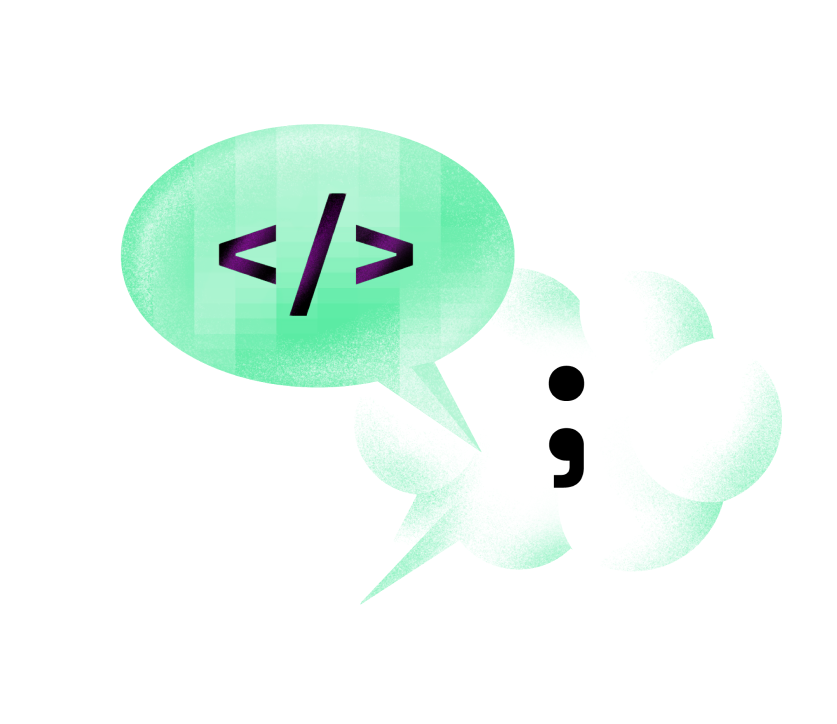Dare to wonder and make wonders?
Drop us a message.
In our previous blog post, we covered one of the biggest challenges Web3 faces: building user (de)centric products. The main points were:
One of the ways to solve this challenge is to start with the validation and exploration of the problems users have rather than a tech solution that can be developed. We want to focus on this and dig deeper to understand how the current solutions might help us fight for user-centric products. More precisely, we want to focus on one protocol and understand - How Lens and its functionalities can help us validate early-stage ideas and problems we are trying to solve. Thus, let’s start from the basics and understand what Lens is.
Lens Protocol is a composable and decentralized social graph.
Composability is reflected and most straightforward to explain through Lens modules. The protocol is built from the ground up with the concept of modularity at its core, allowing for an infinitely expanding amount of use cases.
There are three types of modules that you can build upon:
On top of these modules (functionalities), an infinitely expanding amount of use cases can be built.
Decentralization results from Lens Protocol being built on the Polygon blockhain, a low-cost and secure L2 solution.
Additionally, a decentralized social graph refers to the Lens core advantage compared to the traditional Web2 social networks. Web2 networks all read from their unique, centralized database. Your profile, friends, and content are locked to a specific network and owned by the network operator in their centralized database.
Lens Protocol corrects this by being a user-owned, open social graph that any application can plug into. Since users own their data, they can bring it to any application built on top of Lens Protocol. On the other hand, each application using Lens Protocol can benefit from utilizing the data and content from the whole ecosystem - users already there, their content, connections, etc.
Since the Lens is an open-source graph where user data is stored, user data from numerous applications, it made us think - How can we utilize all the information in the fight against user decentric products?
Thus, we dived into Lens documentation to understand what information we could pull (take/read) from the protocol.
First, through Lens follow API, we can get all the users following specific profiles (wallet address/lend handle) and all the users that particular profile is following.
Through NFTs API, we get all NFTs user possess.
On-chain identity API informs us whether a specific profile has a human behind it and, for example, whether he has an ENS name. The Lens team is actively working on this part of the system to add more information about specific profiles.
Publication API can help us by providing the list of users that reposted and commented on a specific post. It can forward the number of posts the user has liked, commented on, reposted, etc.
These are just some information that can be pulled out of the Lens protocol. We won’t go deeper now but instead move to the more exciting part - explain what we can do with all this information.
We know that building a user-centric product is far more than doing surveys and interviews and validating your idea and the problem you are trying to solve via these methods. However, if we start doing those things more often, we will be a step closer to mass adoption.
Let's start with that small step. In that case, we should create a solution that helps researchers, product managers, designers, etc., do user surveys using what Lens can already give us.
Researchers can define their target audience; for example, let's assume that they want to reach out to video creators who like their voices to be heard. If so, they can create a survey for Lenstube (video platform on Lens) users with more than five weekly posts on Lenster (social media app on Lens).
Let's explain it through another random example. I am a product designer looking for answers from people actively following my company's profile and people who used the ORB app and attended DevCon. Again, thanks to the Lens and blockchain, I can reach out to those people by segmenting the ones who follow my company account on Lenster, use the ORB app, and who has a DevCon POAP wallet in their wallet.
In this blog, we roughly explained how Lens could help us in building user-centric products, and the main points are:
We at 3327 are actively working on bringing such a solution (tool) to life. If you want to be one of the first to hear when it goes live, follow us on Twitter, where we will share the progress we are making.

COMMENTS (0)